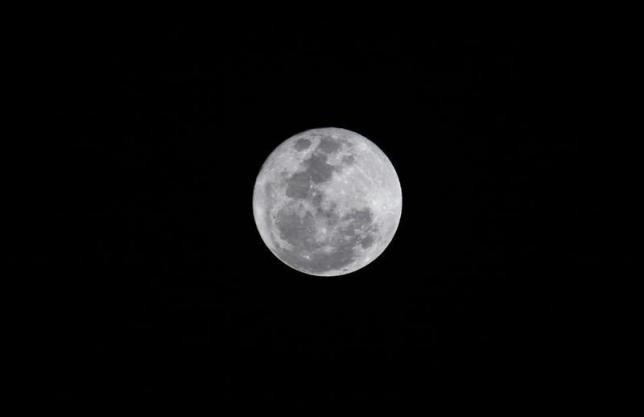The Japan Aerospace Exploration Agency announced its plan of landing a rover on the moon by the year 2018. The entire mission will cost them over 15 billion Yen, as presented to a panel of experts on April 20, 2015. The panel consisted of officials from the culture, education and science and technology ministry.
The mission is still pending to be approved by all the ministries. If it is approved, it will be one of the biggest successes for the Japanese space missions. The other main endeavor which was carried out by the Japan Aerospace Exploration Agency was in 2008. Then the Selene probe completed a successful orbit around the Moon and came back with a great insight about the surface of the Moon, according to The Space Reporter.
Japan is not the only country in Asia to carry out complex missions to land on the Moon. Other Asian countries have also had many recent successful space missions, accordimg to CNN Edition.
China landed a lunar rover Yutu while India was successful in orbiting the Mars through the Mars Orbiter Mission. Till now, only 3 nations have been successful in having a successful landing on the surface of the Moon including the former Soviet Union, China and the United States.
A spokesperson from the Japan Aerospace Exploration Agency reportedly said that getting the approvals is just a primary step and there is a long road which lies ahead of them to carry out the mission successfully.
The mission is designed to carry out the testing of the soft landing methods on the Moon, which can be used as a reference for future space missions. The rover is also designed to recognize craters on the Moon's surface, with its array of digital cameras.



























